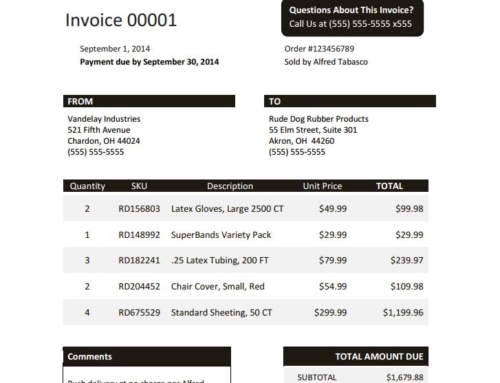Designing a collection strategy is one way to ensure that your accounts receivable stays under control and you continue to collect your cash. Without one, there is disorganization, disconnections, miscommunications and just simply chaos in the accounts receivable department. A collection strategy sets a standard for how accounts receivable collections will be conducted. When will you be sending out first invoices? How often will you get in contact with your customers? Are you making follow up phone calls? If there is no order, then customers will fall through the cracks. If you aren’t ensuring that a follow up phone call is made after a collection letter goes unanswered, than your average days late will only increase.
You may understand the importance of having a collection strategy, but starting from scratch to make one is a different story. So where do you even start to make a collection strategy?
The best place to start is by identifying your current processes, if any. Figure out what kind of habits your collectors have. Maybe one likes to send invoices out on the first week of the month, while another may send invoices immediately after the product or service is delivered. Talk to each representative and find out which has seen the most success. Once you discover what collection strategies are working best, you’ll want to make that uniform across the accounts receivable department.
Tired of manually tracking follow-ups using spreadsheets? Try Lockstep Inbox, our accounting Inbox that allows you to better manage customer communications in minutes.




